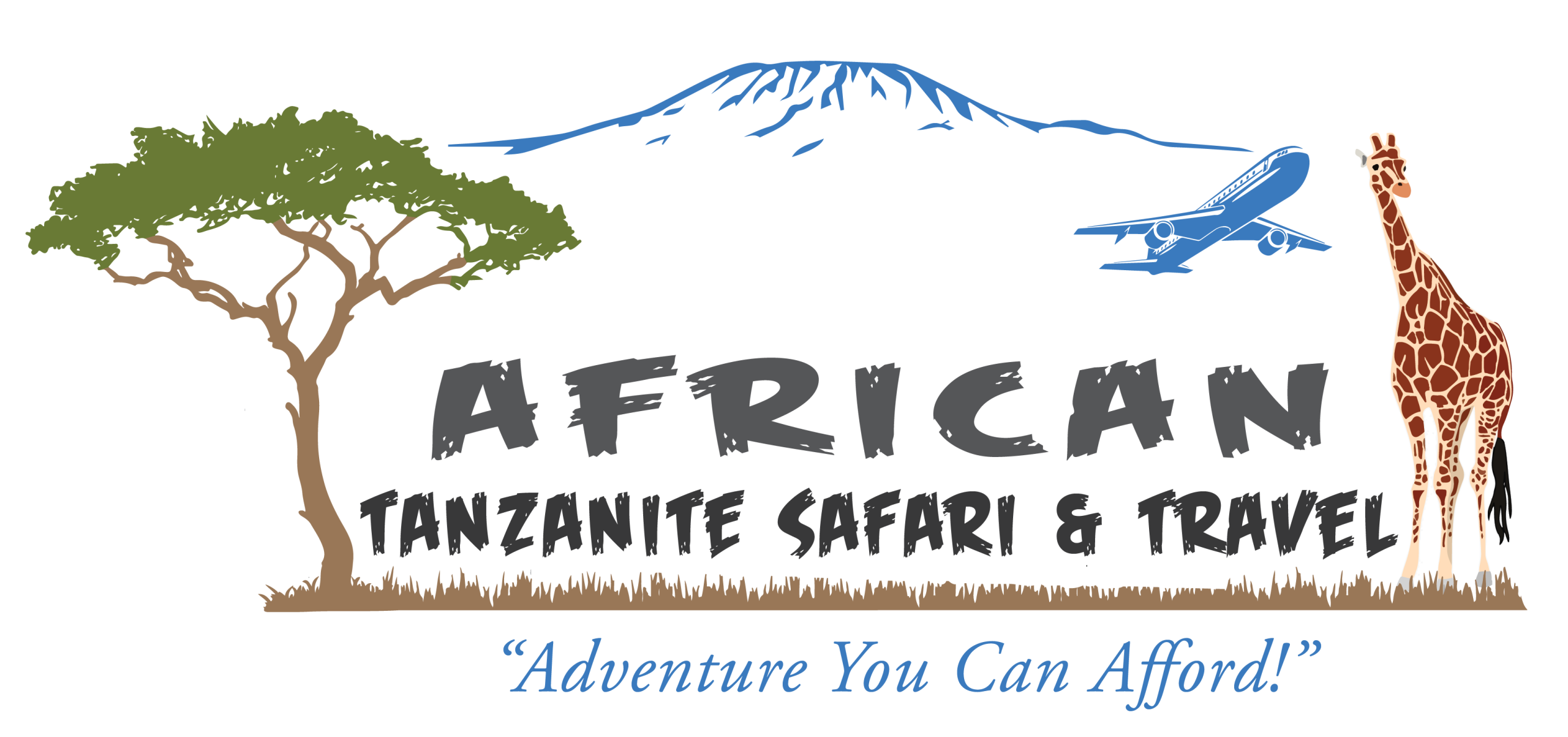Serengeti National Park
from $191 /person
- 7-9 Hours
Location and How to Reach:
Serengeti National Park is located in northern Tanzania, spanning approximately 14,750 square kilometers. The park is easily accessible by both road and air.
By Air: The closest international airport is Kilimanjaro International Airport (JRO), located near Arusha. From there, you can take a domestic flight to Seronera Airstrip, which is within the park. Alternatively, you can fly directly to Seronera Airstrip from other major Tanzanian cities like Dar es Salaam or Zanzibar.
By Road: If you prefer a road trip, you can drive from Arusha to Serengeti National Park. The journey takes approximately 8-10 hours depending on road conditions. You can also opt for guided safari tours that include transportation from major cities to the park.
Fun Facts:
- Serengeti is renowned for its annual Great Migration, where millions of wildebeest, zebras, and other herbivores migrate in search of fresh grazing land, followed closely by predators.
- The park is home to the Big Five: lions, elephants, buffaloes, leopards, and rhinoceroses.
- Serengeti National Park is a UNESCO World Heritage Site and one of the Seven Natural Wonders of Africa.
- The word “Serengeti” is derived from the Maasai language, meaning “endless plains,” reflecting the vast savannah landscapes of the park.
- Serengeti hosts one of the largest concentrations of predators in Africa, including lions, cheetahs, and hyenas.
Tourist Attractions:
- Wildlife Viewing: Serengeti offers unparalleled opportunities to observe diverse wildlife, including the Big Five, giraffes, zebras, wildebeest, and numerous bird species.
- Great Migration: Witnessing the dramatic river crossings during the Great Migration is a highlight for many visitors, as herds brave crocodile-infested waters in search of greener pastures.
- Hot Air Balloon Safaris: Experience the breathtaking aerial views of the Serengeti at sunrise during a hot air balloon safari, offering a unique perspective of the landscape and wildlife.
- Olduvai Gorge: Explore the archaeological site of Olduvai Gorge, often referred to as the “Cradle of Mankind,” where early human fossils and ancient artifacts have been discovered.
Best Time to Visit:
The best time to visit Serengeti National Park depends on your interests and what you hope to experience.
- January to February: Witness the calving season, when hundreds of thousands of wildebeest give birth on the plains of the southern Serengeti.
- June to July: Experience the Great Migration as herds cross the Grumeti and Mara Rivers in search of fresh grazing land.
- September to October: Witness thrilling predator-prey interactions during the river crossings in the northern Serengeti.
Accommodations:
- Budget: There are several budget-friendly campsites and lodges located within and around the park, offering basic amenities for travelers on a tighter budget.
- Mid-Range: Mid-range accommodations include comfortable tented camps and lodges with additional amenities such as hot showers and electricity.
- Luxury: For those seeking luxury, exclusive lodges and tented camps are offering lavish accommodations, gourmet dining, and personalized safari experiences.
FAQs:
- Is it safe to visit Serengeti National Park? Yes, Serengeti is a safe destination for tourists, provided you follow the guidance of your safari guide and adhere to park regulations.
- Do I need a visa to visit Tanzania? Yes, most visitors to Tanzania require a visa, which can be obtained upon arrival at major airports or border crossings.
- What should I pack for a safari in Serengeti? Essentials include lightweight clothing, a hat, sunscreen, binoculars, a camera, and insect repellent.
- Are there any health risks in Serengeti? It’s advisable to take malaria prophylaxis and consult with a healthcare professional before traveling to ensure you’re up-to-date on necessary vaccinations.
Exploring Serengeti National Park promises an unforgettable safari adventure amidst breathtaking landscapes and abundant wildlife.







